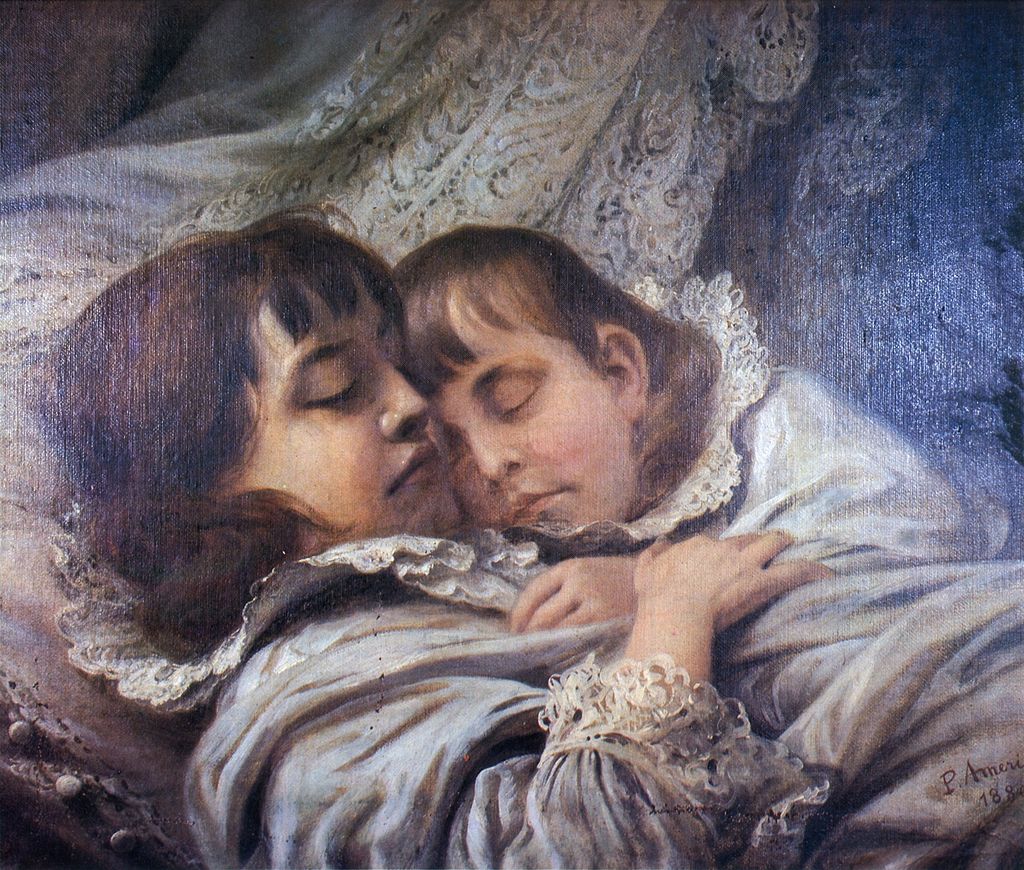Richard III murdered the young Princes at the Tower of London in 1483… or did he? Yes he did! At least that’s according to an English academic, who published his ideas on the subject recently.
Writing in History (Journal of the Historical Association), Prof Tim Thornton from the University of Huddersfield in West Yorkshire claimed to have made a new discovery in the ongoing saga. This regional connection is important, with Richard described as “York’s favourite medieval monarch” by York Press.
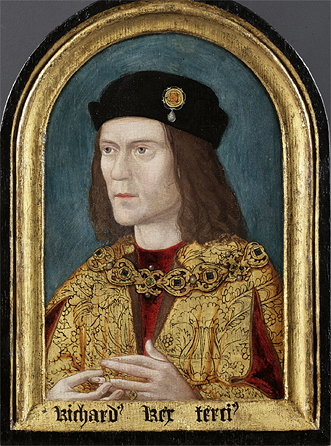
Prof Thornton thinks the existence of courtiers related to one of the alleged Prince killers demonstrates the truth behind the bloody drama.
How so? Because these courtiers were working in Tudor surroundings years later alongside one Sir Thomas More, statesman and future Lord High Chancellor of England. It’s More who gave rise to the idea of Richard III as an arch villain.
The popular image of the King is of a deformed and twisted individual willing to bump off his own nephews to get to the top. Shakespeare’s play, together with the performance of Sir Laurence Olivier (and to a certain extent Peter Cook’s turn in ‘The Black Adder’) contributed to the dark impression.
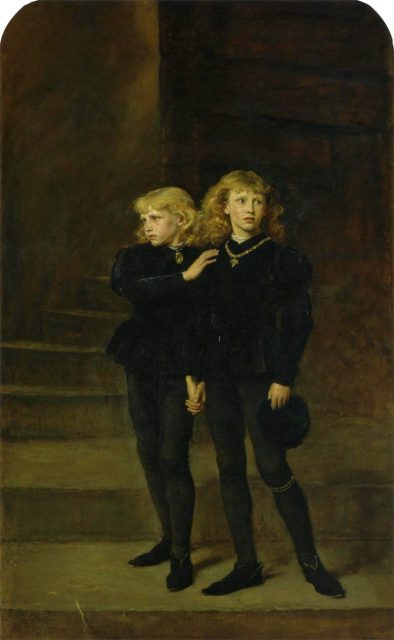
In 1513 More wrote ‘The History of King Richard III’. Needless to say, it was far from flattering. Within its pages lay the assertion that Richard ordered the murder of future monarch Edward, aged 12, and brother Richard, Duke of York, aged 9.
Talking about More’s book in ‘History’, Prof Thornton states it gives “precise circumstantial detail and responsibility for the focal point of the succession crisis of 1483.” He believes the author’s access to sources who were around when it all happened lends the text extra credibility.
What happened to the Princes? “The boys were declared illegitimate” writes BBC History, “because it was alleged that their father was contracted to marry someone else before his marriage to Elizabeth Woodville.”
Woodville was Edward IV’s reportedly unpopular spouse. Young Edward and Richard were taken to the Tower, supposedly for their own safety where they were smothered instead of protected.
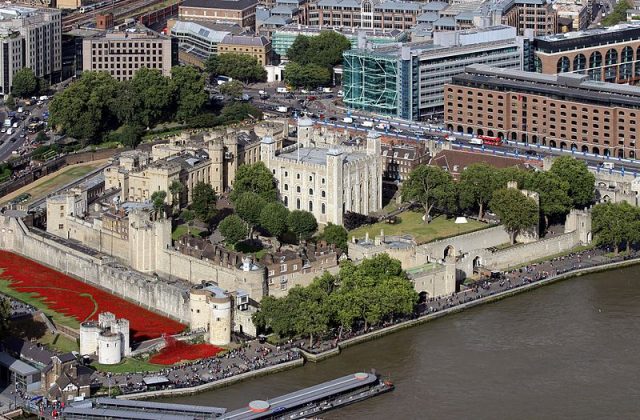
When the Princes conveniently vanished, the path was clear for Richard, Duke of Gloucester, to take control of the country. After Richard died at the Battle of Bosworth Field a couple of years later, the War of the Roses concluded and the Tudor dynasty rose up.
With Henry VIII on the throne, Thomas More – soon to be Sir Thomas – rubbed shoulders with the offspring of Miles Forest. Forest, together with John Dighton, are said to have carried out Richard’s grisly instructions back in 1483.
Prof Thornton believes More got information on the killings straight from the horse’s mouth. Or at least the horse’s son’s mouth! “We now have substantial grounds for believing that the detail of More’s account of a murder is credible” he said, quoted by York Press.
Not that this is a historical clincher. As reported by the Daily Mail, Thornton reckons his idea “could prove” Richard’s hand was behind the deed rather than resolve the matter. Plus Forest and Dighton are just 2 suspects in a raft of theories and scenarios.
Another person believed to be responsible is House of York defender Sir James Tyrrell. He supposedly confessed under torture, a detail noted by none other than Sir Thomas More. Confusingly this was long before More wrote his account naming Forest and Dighton!
The Daily Mail writes More’s take wasn’t reliable, “due to the fact Sir Thomas was five years old when the ‘Princes in the Tower’ scandal occurred.”
Tudor propaganda is cited as one reason behind the blackening of Richard’s name. Prof Thornton doesn’t believe that, but reckons even if the courtier angle isn’t correct it still gives a fascinating insight into events.
In the late 17th century children’s bones were found in the Tower. These were the days before DNA testing, so a match to the Princes couldn’t be made. They were looked at again in the 1930s. At time of writing nothing has been concluded.
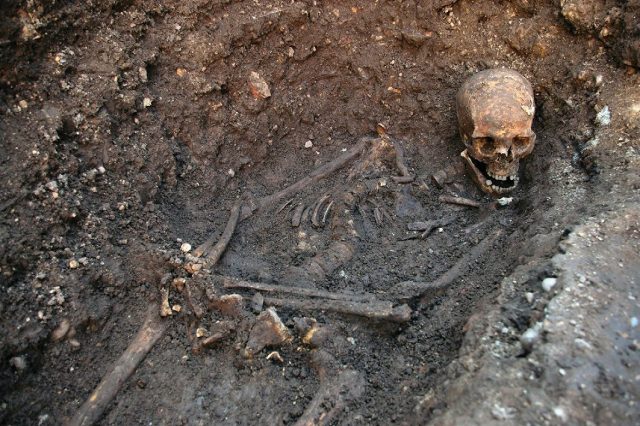
Richard’s story came to an end in the unlikely setting of a Leicester car park in 2012. His remains were unearthed beneath the ticket machines. This triggered an argument between the East Midlands city and Richard-supporting York over who got to keep him. The controversial monarch could start a fight even when long dead it seemed. Leicester won that particular battle.
Another Article From Us: It Isn’t the Femur of Jesus’s Brother Science Has Discovered
Did Richard III kill the Princes in the Tower? That answer is lost to time, perhaps forever. The image of an evil King will live on for a good while yet…
